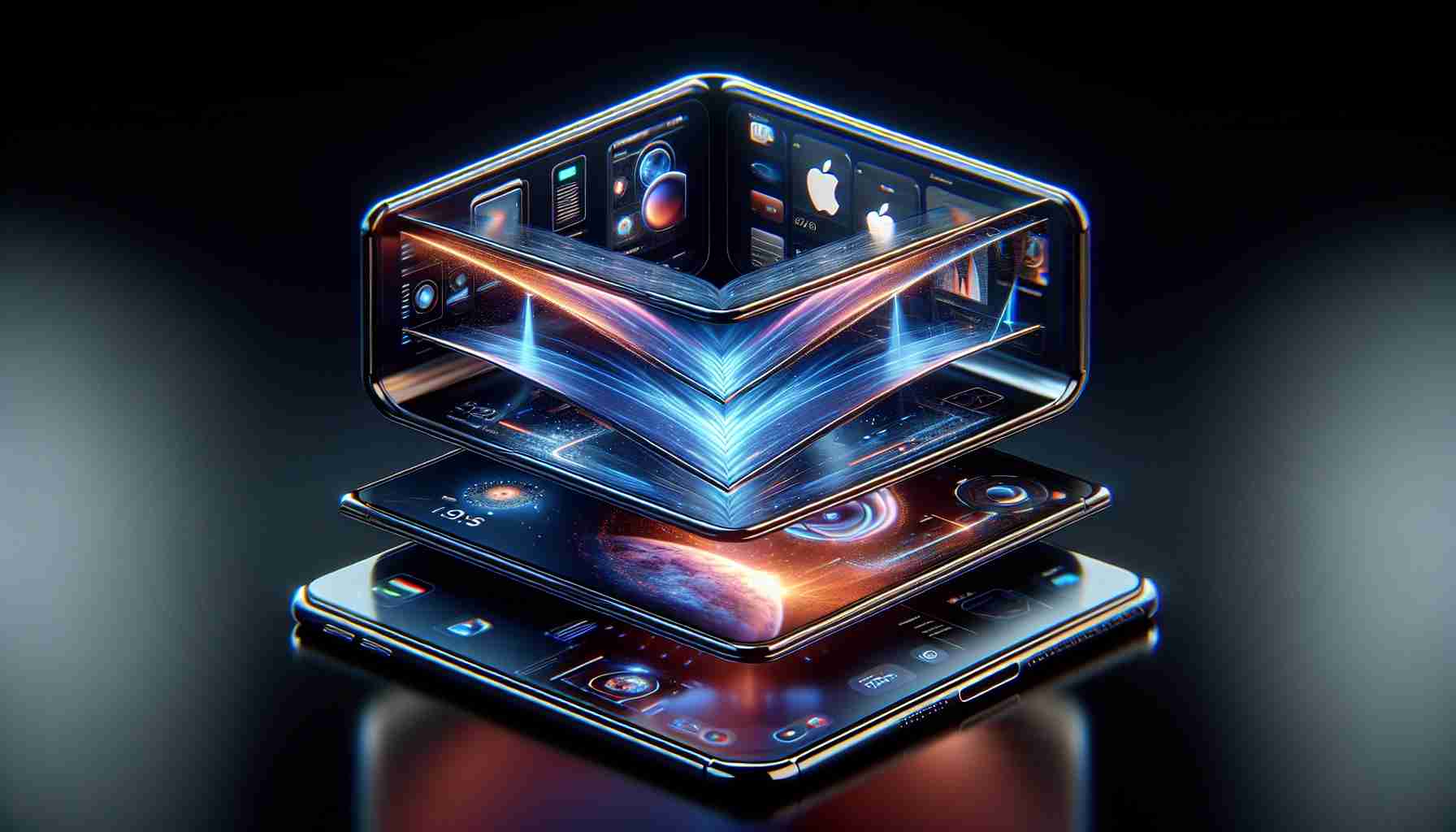Recent filings with the US Patent and Trade Office indicate that Apple may be on the cusp of a breakthrough in foldable screen technology for its future devices. The cutting-edge innovation described in the patent revolves around a self-healing display, which can remove minor scratches and damages automatically, a feature that can shape the future of Apple’s product lineup from smartphones to laptops.
This novel material has been engineered to repair itself without any external efforts, thereby enhancing the user experience and longevity of the device. Speculation suggests that this technology could be implemented across the full screen or limited to specific damage-prone areas. There is a possibility that the self-repairing process could be accelerated with the application of an external stimulus, such as heat, suggesting a versatile approach to device maintenance.
This self-repairing concept is not entirely new; LG previously introduced a similar technology on the back cover of their G Flex series. However, Apple’s application suggests a far more advanced and extensive use of the technology, potentially leading to a significant advancement in the durability of foldable devices.
With the potential for a foldable Apple device in the future, this technology might be the key to combating one of the primary concerns regarding the durability of foldable screens. While there’s no official word on when such a product will hit the market, Apple’s continual investment in research and development keeps anticipation high.
Key Questions and Answers:
– What is self-healing screen technology?
Self-healing screen technology refers to materials and methods used to automatically repair minor damages such as scratches or dents in a screen. These materials are designed to respond to damage by restoring the surface to its original state without the need for manual repair.
– Has this technology been used before in consumer electronics?
Yes, this technology has been previously implemented but in a limited way. For example, LG’s G Flex smartphone series featured a self-healing material on its back cover that could repair light scratches.
– What are the potential advantages of Apple’s self-healing technology for foldable screens?
The advantages of self-healing technology include increased durability and longevity of devices, improved user experience, and potentially fewer screen replacements needed. For foldable devices, it could mean more resilience to the stresses of being bent or folded regularly.
– What challenges might Apple face in developing this technology?
Key challenges include ensuring the self-healing mechanism works effectively under various conditions, integrating the technology into a functional and reliable product, and maintaining high-resolution display quality even after self-repair.
– What controversies could arise from this technology?
Controversies might include debates over the environmental impact of the materials used for self-healing properties, the cost implications for the consumer, and issues related to planned obsolescence if the technology extends the lifespan of devices.
Advantages and Disadvantages:
Advantages:
– Enhanced durability and resistance to wear and tear.
– Reduced need for screen repairs or replacements.
– Better user experience without the concern of long-term screen degradation.
– Potential environmental benefits by reducing electronic waste.
Disadvantages:
– Possible increase in the cost of manufacturing and, consequently, the retail price of the device.
– Complexities associated with the technology could lead to challenges in mass production.
– Uncertainty about the effectiveness of the self-healing process over time.
If you’re interested in learning more about the company behind this technology, you can visit Apple’s official website by following this link: Apple Inc. Please be aware that the specific details of the self-healing foldable screen technology may not be publicly available on their site, as it is a subject of recent patent filings and ongoing innovation.
